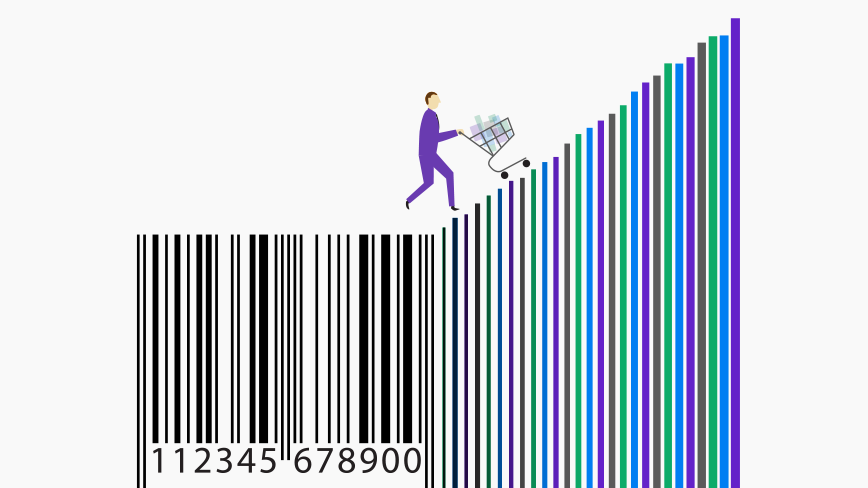CPG is using state-of-the-art approaches to compete in the digital economy. Brands are discovering new ways to reach their audience, and they are targeting them through rich data sets.
Many CPG brands are more than 100 years old, and are owned by complex conglomerate structures that are far removed from the logos consumers recognize. Yet, brand names like Oreo and Clorox still instantly recall familiar products with a nostalgic presence in our memories. As we mentioned in an earlier post, competition in the CPG market helped lead to the birth of modern advertising as we know it.
Accomplishing this level of recall was no easy feat, and it certainly did not happen by accident. Advertising creatives discovered in the middle of the last century how to segment people and pitch them stories rather than products. As a result, emotional buying drove people toward products that they never would have considered otherwise.
Now, CPG is using that same state-of-the-art approach to remain relevant in an increasingly digital economy. Brands are discovering new ways to reach their audiences, and they are targeting them not through intuition or lucky guesses, but through data.
How Data and Technology Can Disrupt Logistics in One of the World’s Biggest Supply Chains
ITC is a conglomerate based in Kolkata that, among other interests, manufactures and distributes over 1,000 SKUs of consumer packaged goods throughout India. Of the estimated eight million total retail locations in the country, ITC supplies goods to 4.3 million of them. Their typical process sees food and hygiene products move from factories to wholesale dealers, then to distributors before finally arriving at direct retailers.
During these travels, each item must be arranged and handled, which can degrade quality at every handling point. ITC seeks to eliminate these supply chain bottlenecks and create a completely new logistics process where more products are supplied directly from factories to retailers. “Our ultimate goal is to ensure a supply chain that is as close to the market as possible with minimum stocking points,” says ITC president B. Sumant. “This will ensure greater freshness of products, greater responsiveness and lower costs.”
Breaking through this tangled network will be no easy task, but Sumant and his colleagues are looking to the power of big data to help analyze their current supply networks along with historical data in hopes to reveal key insights that can disrupt old practices and create new logistical opportunities.
ITC also seeks to automate all 62 of its distribution warehouses as well as the distribution process through its 1,550 wholesale dealers. This automation will be “determined by analytics based on real-time feeds and insights for over 1,000 SKUs,” Sumant revealed. “This enables informed decision-making and helps determine inputs, while ensuring an efficient distribution based on store-level demand.”
Sumant is not alone in his data-driven ambitions. In the U.S., CPG digital ad spending hit $4.2 billion in 2014 with an expected increase to $7 billion by 2018. Much of this digital ad spend will focus on techniques like programmatic, data mining, social listening and personalization — all of which are enabled through big data and precision analytics. This is why at Annalect we’re focused on building solutions to enable data driven planning, activation, and measurement.
Having Your Brand in Hand
Brands are also capitalizing on mobile advertising. A recent report revealed that consumers who were exposed to mobile CPG ads had a 75% increase in store visits compared to control group members who were not served the ads. Coupons are another advantageous strategy for CPG brands, with 69% of mobile users saving CPG coupons to their devices and 59% using the coupons to add products to their shopping lists.
As data analysis gets more detailed, elements like conversion rates, exposures, sales lift and ROI will all be buoyed through the information gathered on consumers from all corners of the digital universe.
Thought leaders like Kimberly-Clark’s Mayur Gupta see nothing but potential for this type of technology application. He hopes that soon CPG brands will be able to “go beyond big data sets generated by social media platforms and online shopping habits, and penetrate consumer insight communities of engaged individuals from relevant demographics in order to thrive in the future. It’s a mindset shift that’s needed from big data to even bigger testing and bigger learning.”
With minds like his and a nearly infinite set of data at their back, the realm of possibilities for CPG brands will certainly continue expanding far beyond the confines of a store shelf.

